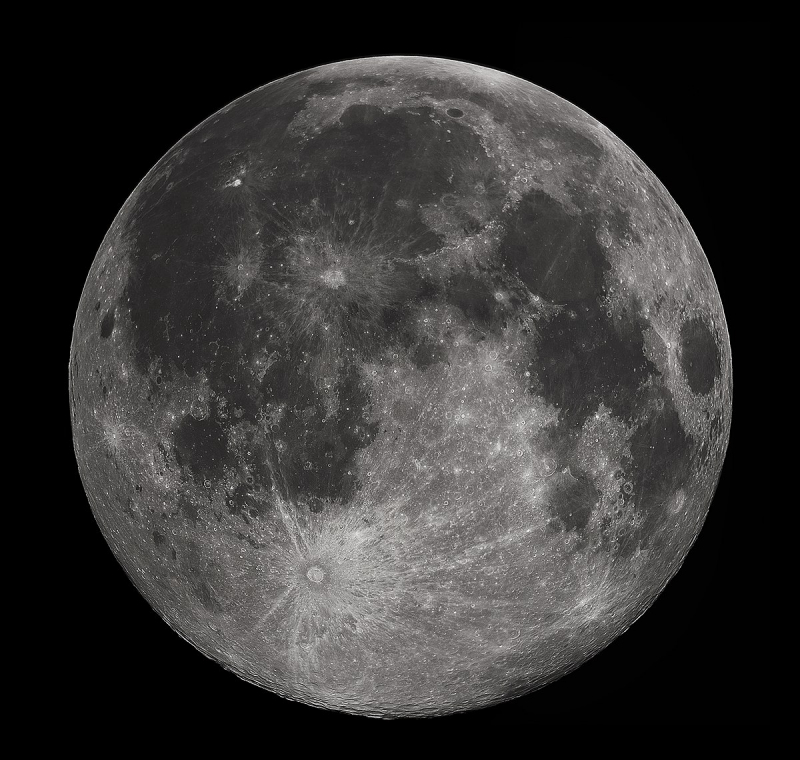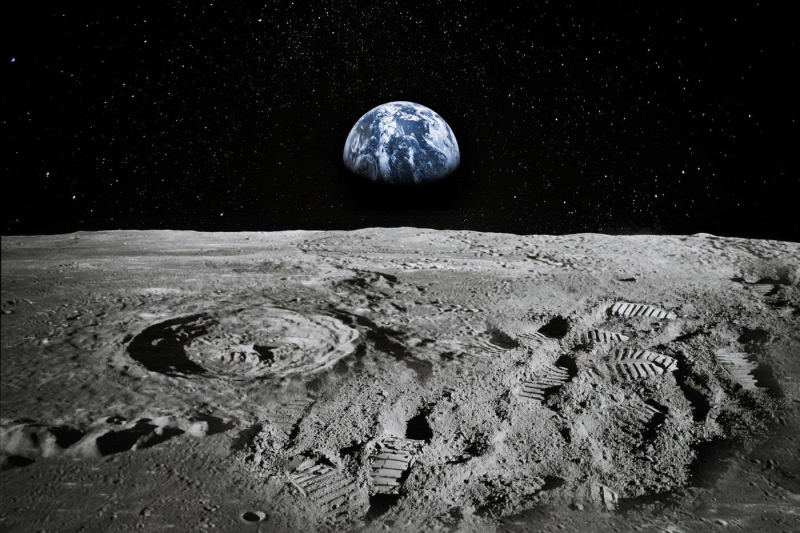The Moon

In this vast, icy region we call space, the moon is our nearest and most familiar neighbor, albeit we are still unsure of its origin. The true origins of the moon are a mystery to scientists, and it appears that each new study on the subject creates more questions than it does answers.
The Giant Impact Hypothesis, which is currently the most widely accepted explanation, contends that a young Earth collided with a planet the size of Mars called Theia to create the moon. The moon's abnormally massive size may be explained by the fact that it was created from the collision's leftover material, which accumulated over millions of years.
But if that were the case, the moon would be constructed entirely of components from Theia. The moon has now been discovered to be essentially identical in composition to Earth, notably its mantle, according to samples returned from the numerous Apollo missions. The moon and Earth appear to have formed in the same region of the Solar system, most likely during the early, turbulent years of the Solar system, which seems to rule out the giant-impact idea.











